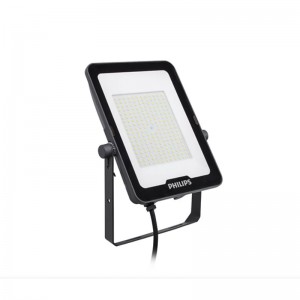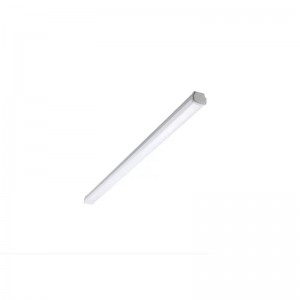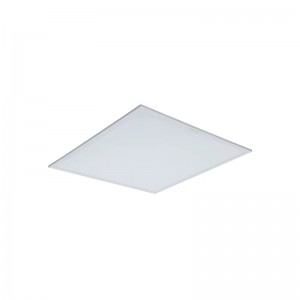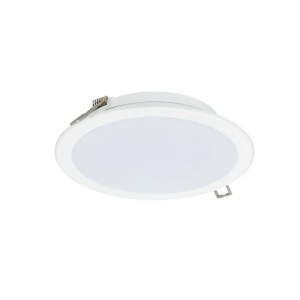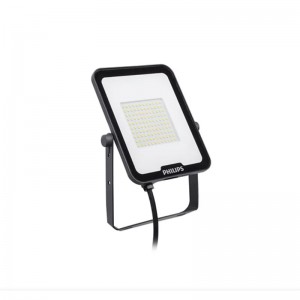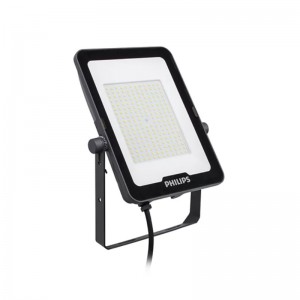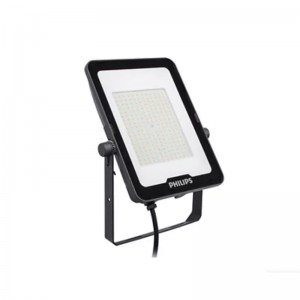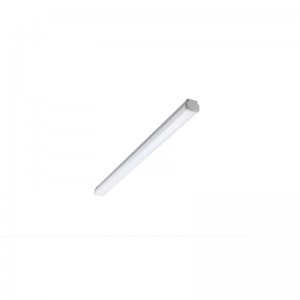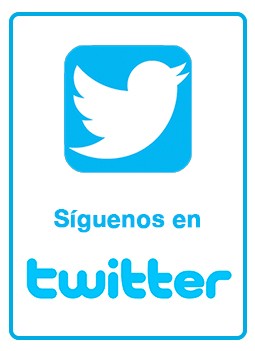
Lámparas Philips
In 1891, the physical engineer (what we know today as "mechanical engineer") Gerard Philips, his brother Anton and his father Benjamin Frederik David (first cousin of Karl Marx), with commercial training, buy an old factory located in VrijStraat, in the town of Eindhoven, province of North Brabant, and start the production of an incandescent lamp with graphitated cotton filament. Also known as "carbon filament".
As the business runs thanks to the quality of their lamps and Anton's commercial skill, in 1918 they introduced a medical X-ray tube and a repair service for X-ray machines: the medical systems division has emerged.
In 1925, they carried out the company's first experiments in television.
In 1927, the production of radios, spotlights, combinations and other small appliances began.
In 1940, when the Second World War arrived, the bombings of the Luftwaffe, destroyed the factories of the country. Meanwhile, the company is established in Belgium, the United States and the United Kingdom. The directors legally move the headquarters of the company to the United States of America in order to prevent its use by the countries that participated in the conflict.
In 1957, small bulbs are introduced to facilitate energy saving.
In 1965, it produces its first experimental integrated circuit and begins to launch transistorized electronic equipment.
In 1972, Philips founded the PolyGram record label.
In 1978, it introduces its first VCR equipment with its N1500 model recorder, manufactured in the United Kingdom and begins to massify its transistorized radio recorders.
In 1982, as a result of joint work with Sony, the compact disc was released. Philips provides its optical disc derived from the Laser Vision video player and Sony adds the audio digitization system, which in the end serves not only for audio, but also to store any data on a disc the size of a napkin.
In 1990, Philips Royal Electronics sells the first TV equipped with the DC system <closed captions> and Teletext.
In 1991, Philips Royal Electronics sold Philips Data Systems to Digital Equipment Corporation. In Spain, the subsidiary Philips Informática y Comunicaciones was renamed Digital Enterprise España in February 1992.
In 2006, Philips Royal Electronics sold 80% of Philips Semiconductors, which was renamed NXP Semiconductors.
In 2014, the first smart TV with Android system is launched, never seen in the television market. Since then, it makes major developments for the Internet, develops computer technology and the medical systems division continues to work on increasingly advanced diagnostic and treatment equipment.
En 2018, su división de alumbrado, Philips Lighting, se escinde definitivamente y pasa a llamarse Signify.

